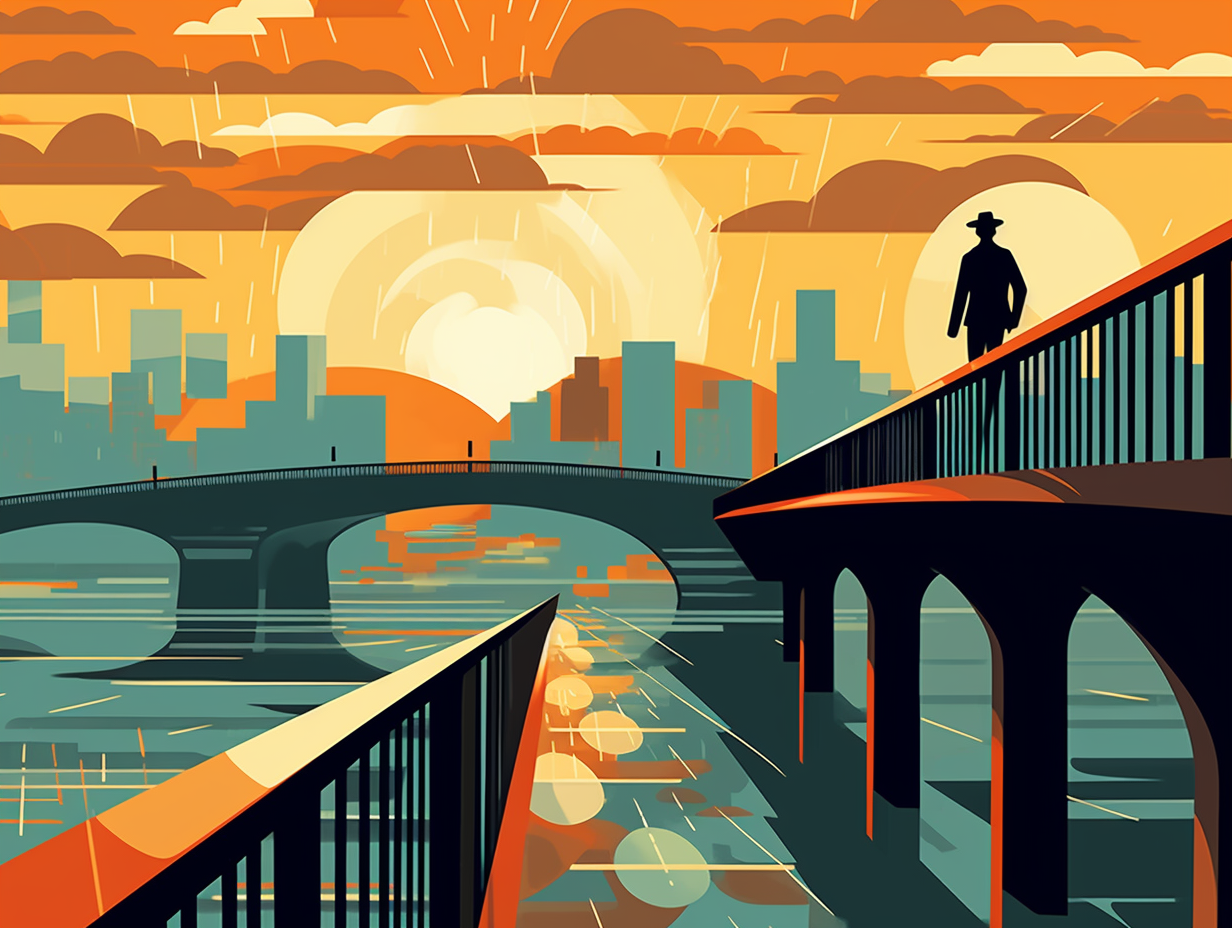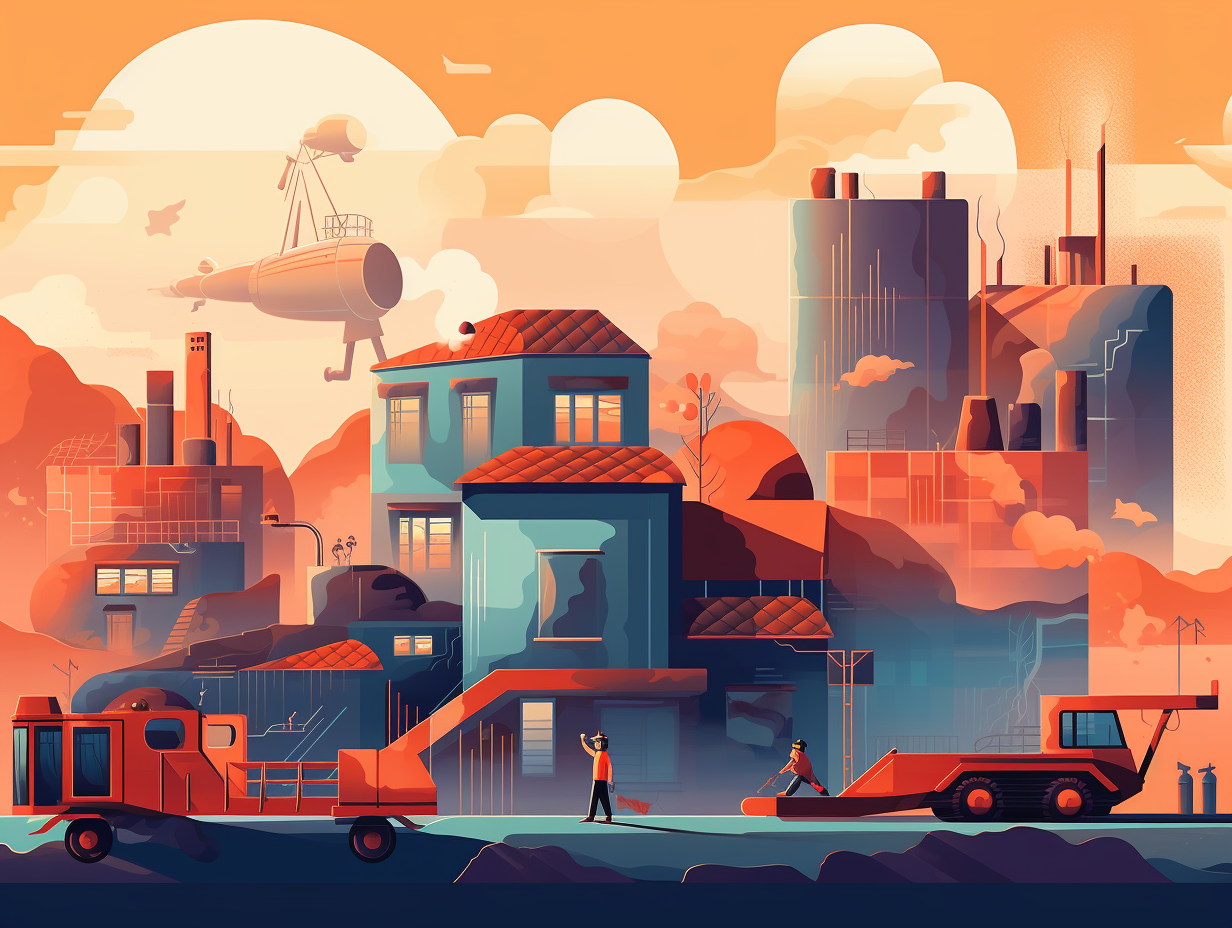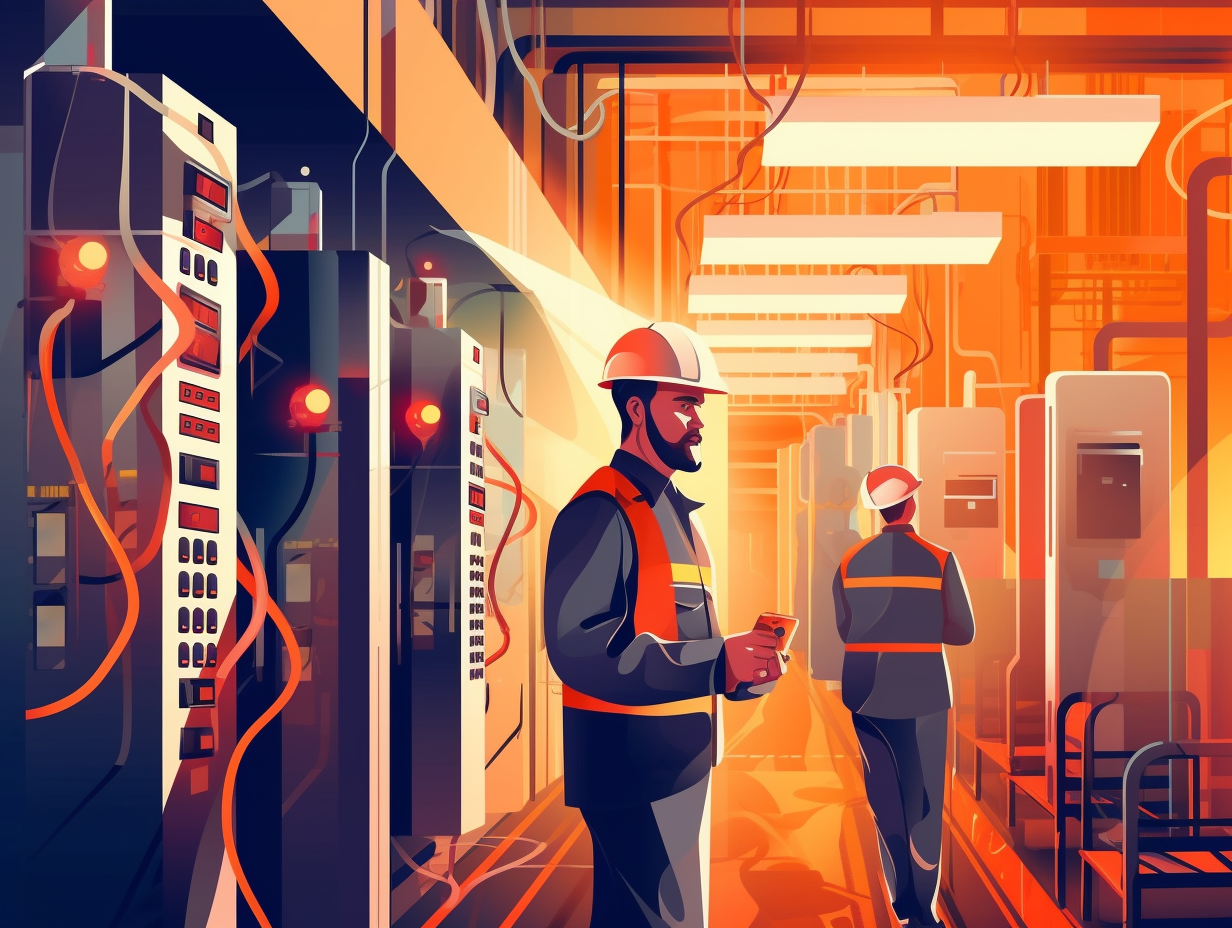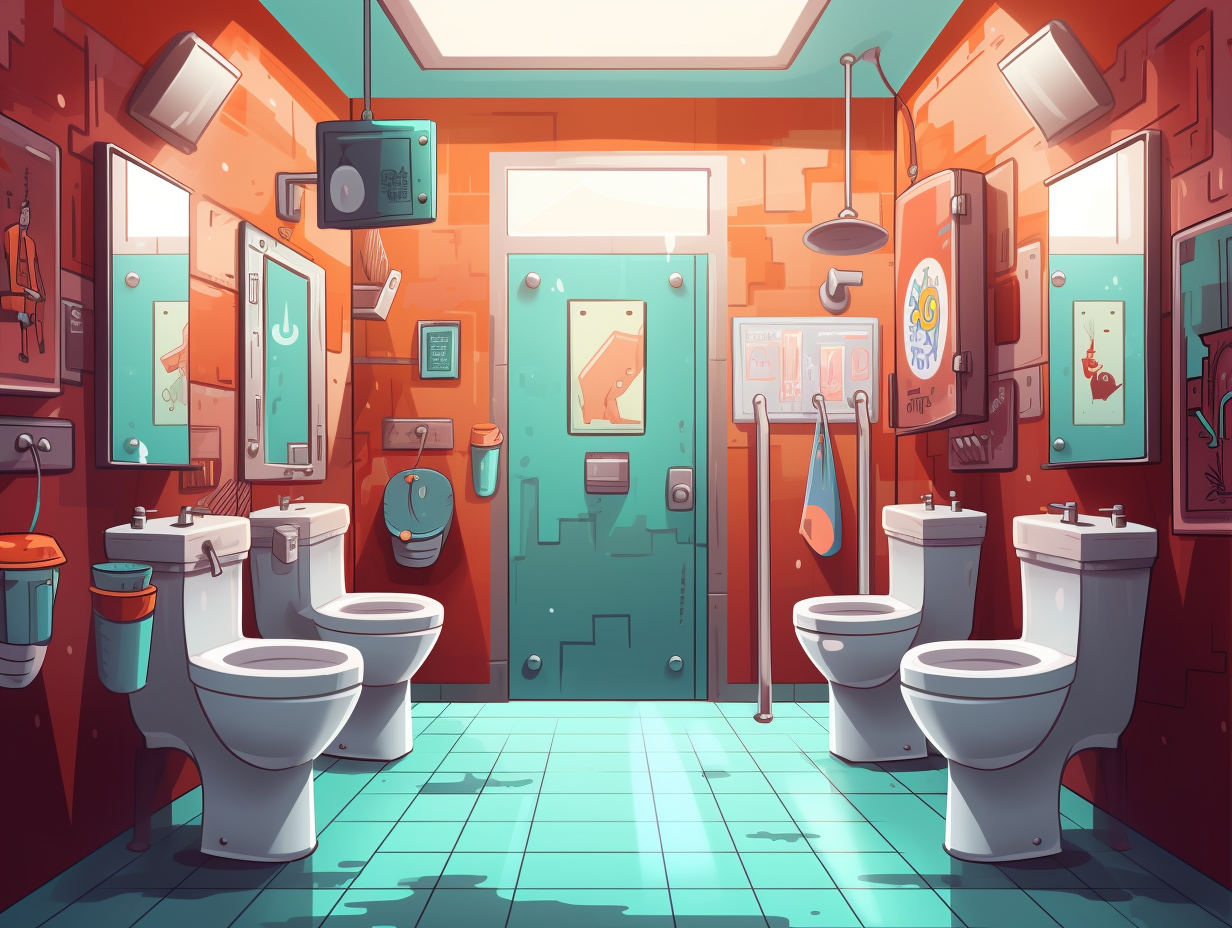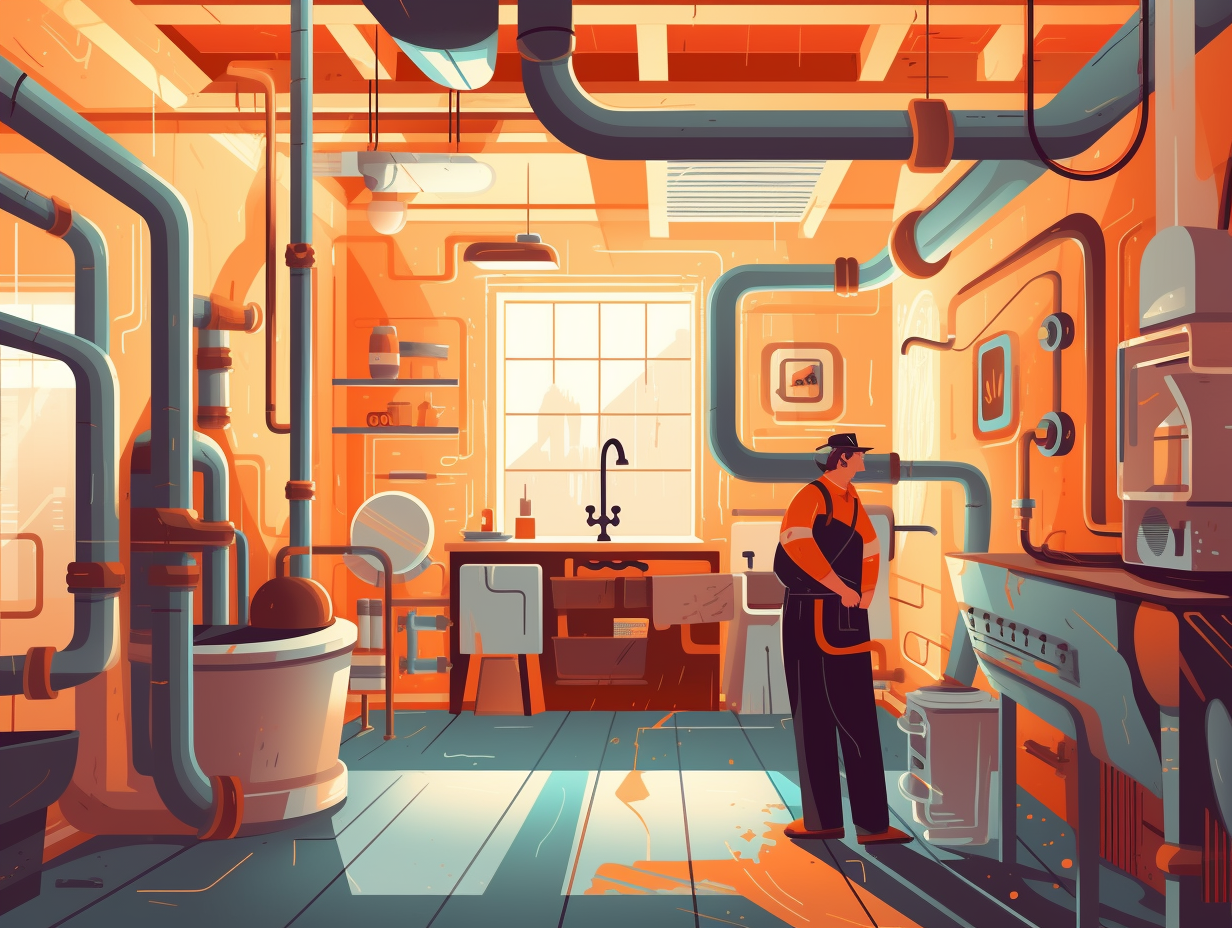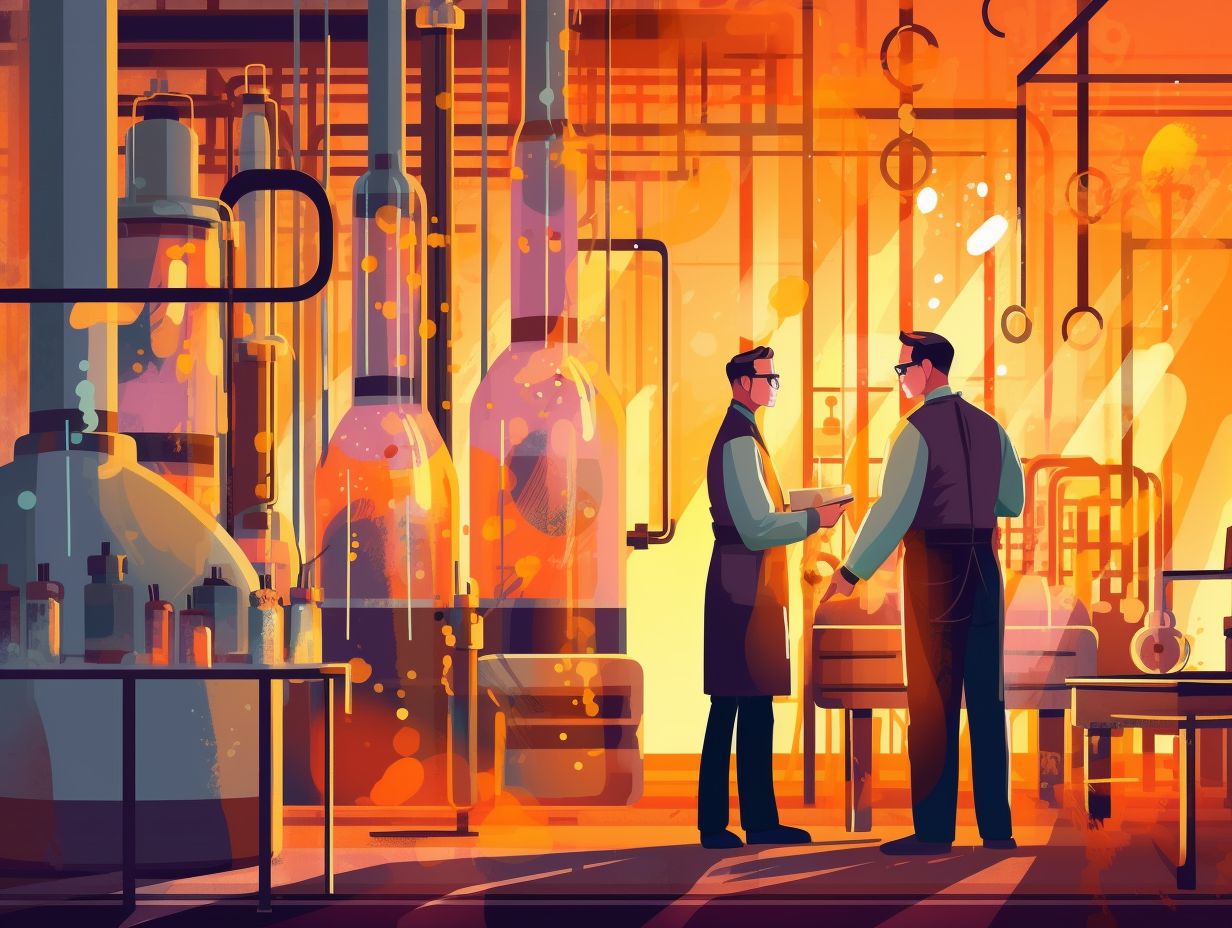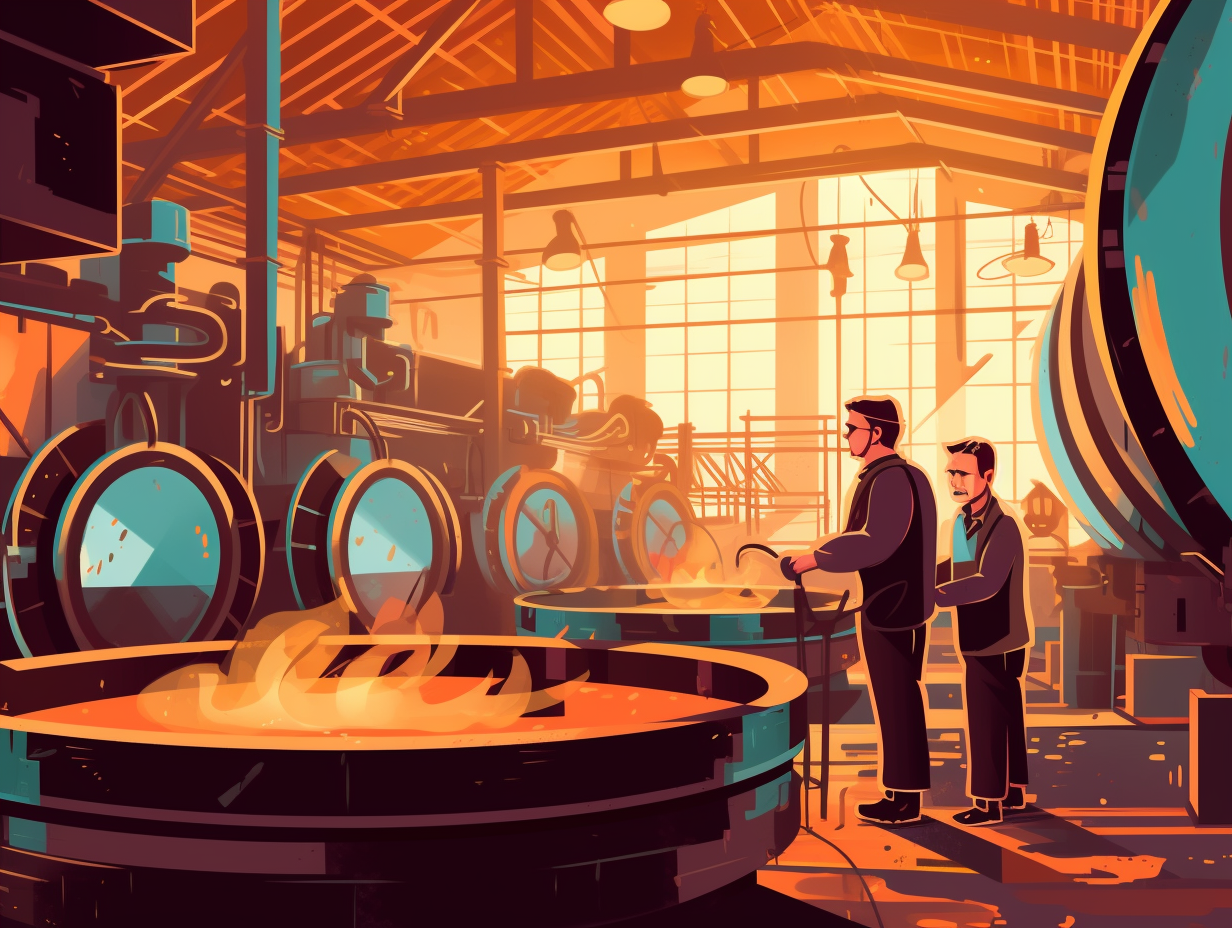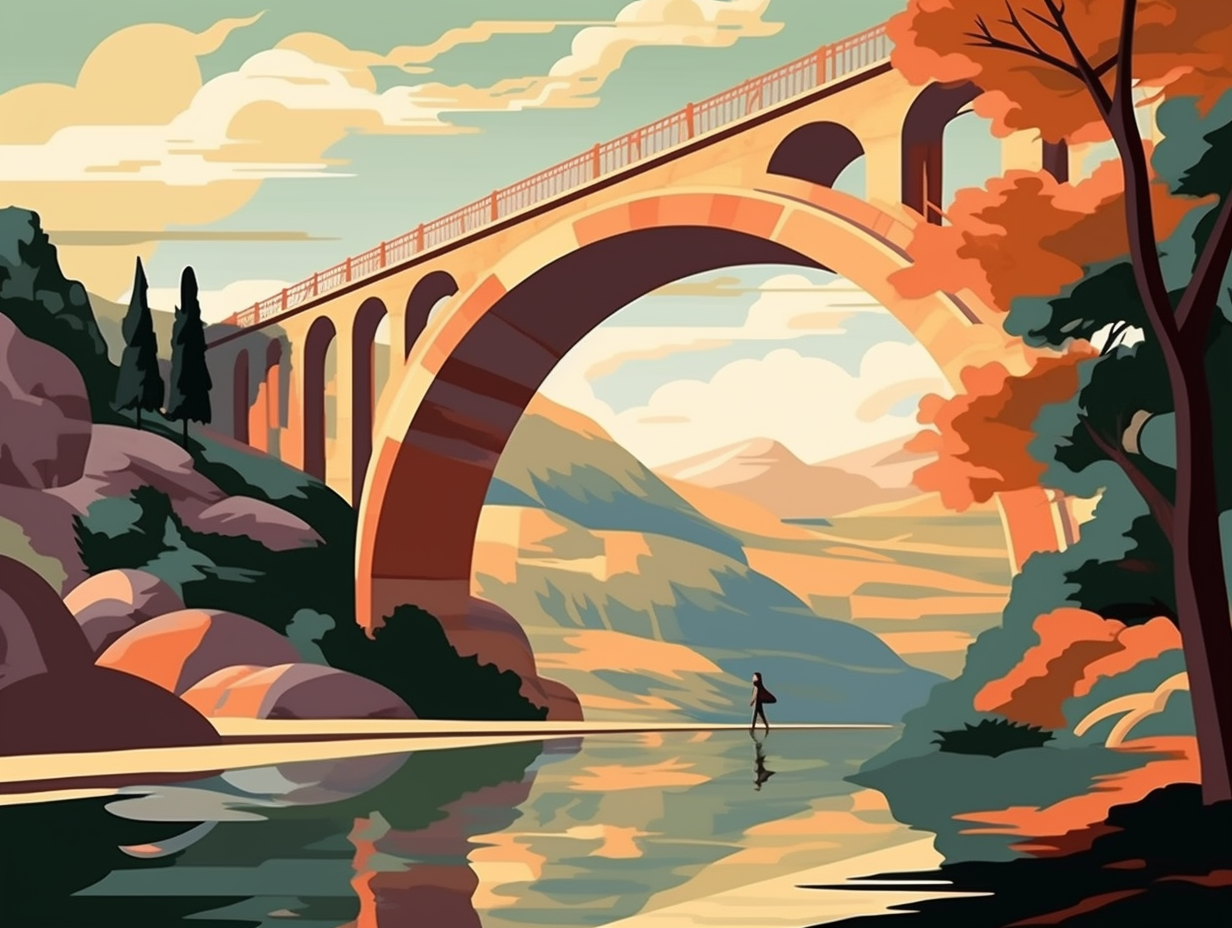11 Amazing Fun Facts About Civil Engineering You Didn't Know
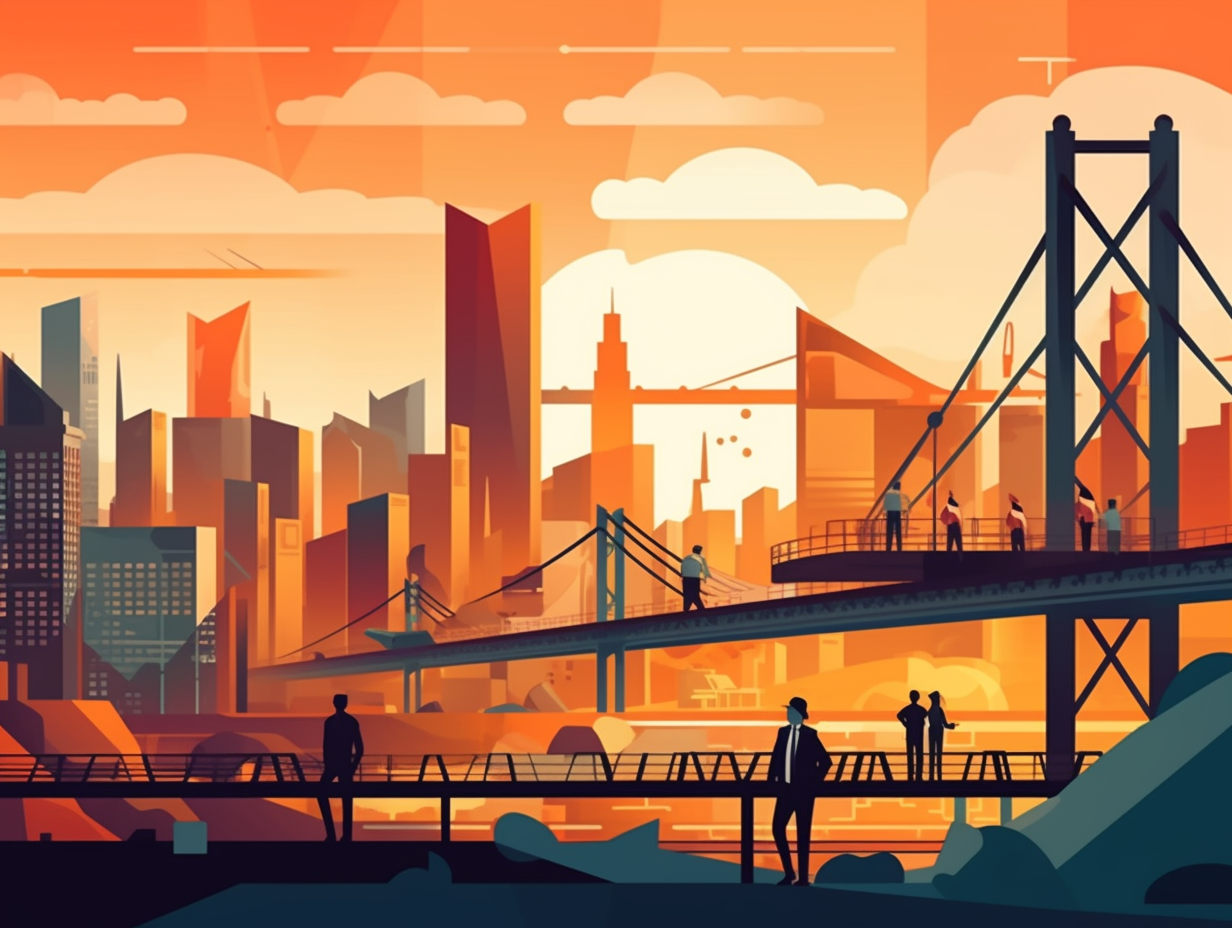
1. Scuba-Engineer's Luxurious Underwater Villa
Who knew our civil engineer friends traded their hard hats for scuba gear: Michael Murphy, an Auckland University civil engineering graduate, has made waves designing underwater havens like the Muraka, a luxurious Maldives hotel villa with the top level basking above the ocean, while the bottom level submerges 16 feet below to gift guests unparalleled marine views. Murphy and his team tackled formidable challenges, such as tidal range, water depths, and buoyant uplift, to achieve their $22 million masterpiece.
Source => eit.edu.au
2. Tacoma Narrows Bridge: Birth of Aerodynamic Stability
When the Tacoma Narrows Bridge went "Twist and Shout" in 1940, it wasn't just having a Beatles moment: its dramatic collapse led to major innovations in suspension bridge design, prioritizing aerodynamic stability and wind tunnel testing, and steering away from the quest for flexibility and lightness in construction.
Source => wsdot.wa.gov
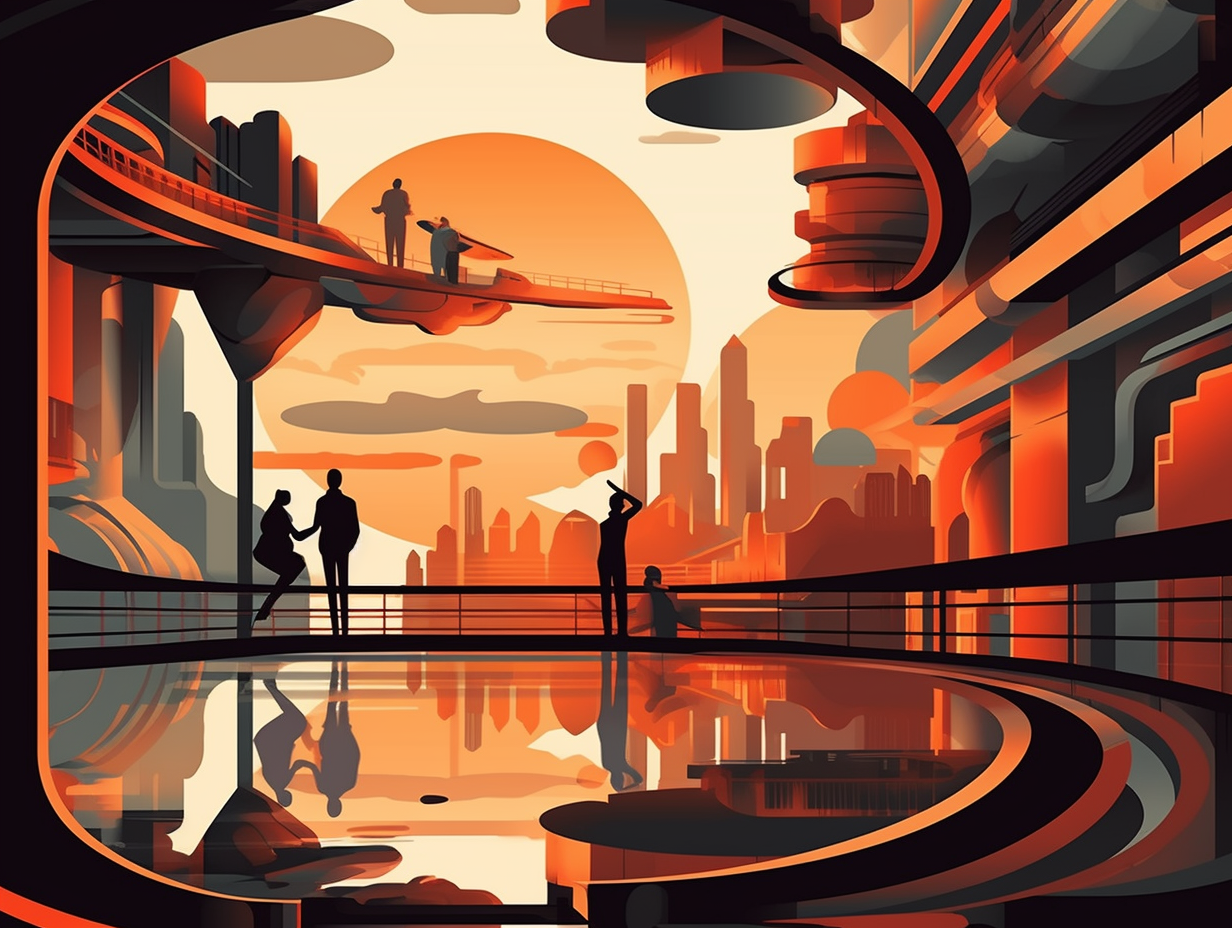
Did you know there was a water-powered musical instrument in the 3rd century BCE? Discover the fascinating history of the hydraulis, an ancient precursor to today's church organs. 🎵💧
=> Fun Facts about Engineering
3. Godzilla's Favorite Floodwater Diversion: G-Cans
If Godzilla needed a pool to cannonball into, the G-Cans project in Tokyo might be his top choice: this massive underground floodwater diversion monster houses five silos, a 6.5km tunnel, and 78 pumps working together to keep Tokyo's rivers from overflowing, while its awe-inspiring water storage tank, the Underground Temple, stands 25.4m high and 177m long, all resting on 59 pillars weighing 500 tons each.
Source => water-technology.net
4. The Dynamic Duo: Soil and Cement
Who knew soil and cement could have a party and birth a super-sustainable, Earth-saving hero: Introducing soil-cement blocks, a mix of soil, cement, and optional additives that create affordable, eco-friendly, and versatile construction building blocks boasting impressive strength, durability, and design potential.
Source => researchgate.net

5. Speedy Travels with Japan's Lightning-Fast Maglev
Hold onto your conductor caps, folks: Japan's JR Central has maglev technology so electrifying that it could have you zipping across the Land of the Rising Sun faster than Pikachu on a caffeine spree! In a fact-filled flash: Their Superconducting Maglev System (SCMAGLEV) is poised to make commercial travel a breeze at a cool 500km/h, meaning you could glide from one end of Japan's main island to the other in just around an hour.
Source => global.jr-central.co.jp
6. Pont du Gard: Ancient Aqueduct Superstar
Pont du Gard? More like Pont du "Hard"! Those Roman engineers defied Mother Nature's temper tantrums by giving their ancient aqueduct some nifty design upgrades – think aqueduct earrings and a water-friendly open floor plan: The iconic structure was uniquely designed with lips in front of the piers to withstand Gardon's notorious flash floods, and its lower main arch was widened to ensure a smoother flow of water, proving the Romans' ingenious ability to adapt to environmental challenges and achieve multitasking mastery with their creations.
Source => whc.unesco.org
7. Capilano Bridge: From Hemp Rope to Engineering Marvel
Once upon a time, even Indiana Jones would've been nervous: The Capilano Suspension Bridge in Vancouver, originally crafted by fearless Scottish engineer George Grant Mackay, was built of sturdy hemp rope and daring cedar planks! The serious reveal: Nowadays, the bridge is constructed with wire cables and boasts incredible attractions nearby, including Treetops Adventure, Canyon Lights, and Cliffwalk, truly showcasing a marriage of engineering prowess and a reverence for nature.
Source => capbridge.com
8. Sky-Tubes: Worms' Vacation-Inspired Daylight System
Who needs windows when we have "sky-tubes"? Like an earthworm vacationing from underground, let us illuminate this engineering marvel: Solatube is a daylighting system that captures sunlight from any angle through a rooftop dome, transfers it through a highly reflective tube, and brings natural daylight indoors without causing excess heat. This eco-friendly and cost-effective invention requires no power and no maintenance, changing the way we light up interiors from sunrise to sunset.
Source => solarimpulse.com
9. Channel Tunnel: Undersea Love Connection
When France and England decided to finally "sea" each other more often and "tunnel" their way into each other's hearts: they built the Channel Tunnel (Chunnel), the world record holder for the longest undersea tunnel. Connecting Folkestone to Coquelles, it features three epic tunnels, two rail and one service, stretching 32 miles (51 kilometers) long, including a 24-mile (38-kilometer) undersea marathon for 11 laser-guided tunnel-boring machines.
Source => bechtel.com

10. Floating Bovine Beach Resort in Rotterdam
Cows now have a "sea-moo-re" summer vacation, equipped with a tropical tan and endless grass buffet: In Rotterdam, a floating dairy farm houses 32 cows producing dairy products, all while utilizing sustainable methods like solar panels, rainwater collection, and waste food as cow feed, making it a perfect blend of bovine beach resort and eco-friendly engineering marvel.
Source => dezeen.com
11. Wolverine of Building Materials: Self-Healing Concrete
Who needs a band-aid when you’ve got self-healing concrete? It's like the Wolverine of building materials, sniffing out cracks and delivering a whacky one-two punch, all while not breaking a sweat: Engineers have developed a revolutionary concrete mix filled with fibers or capsules containing repair solutions that, upon sensing a crack, release its contents to mend the fracture, extending the structure's lifespan and boosting its eco-friendliness.
Source => ncbi.nlm.nih.gov
Related Fun Facts





